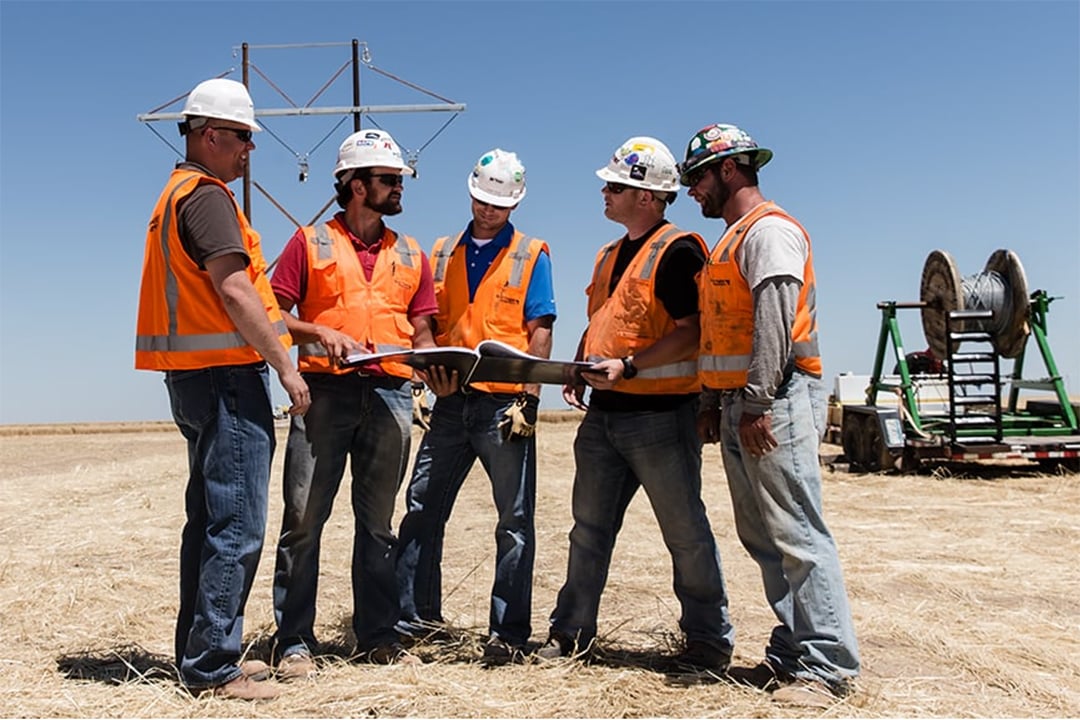Will Artificial Intelligence Take Away Jobs: How Will AI Affect the Future Jobs of Our Children

By Soudabeh Rastegari
I have 18 years of teaching experience for children
Abstract
Having been an educator for nearly two decades, I have personally seen how technology can transform a classroom setting. But none of the changes was as revolutionary as those brought by Artificial Intelligence (AI). This article explores how A.I. will define the work lives of the children we have today, including both the extraordinary opportunities and the grave challenges it will pose. As an experienced teacher, I explore how education must now face additional challenges in preparing the next generation for an AI-driven future by adapting curricula to help children master changing technological landscapes and drawing on humanistic disciplines.
Introduction
AI is no longer a futuristic design; it is now the reality reshaping the foundation of social existence for children born today. AI is shaping industries and making new skills and competencies essential for work in the future, from self-driving cars to customized learning platforms. Yet as an educator who works with students every day, I worry about how effectively we’re preparing them for this fast-changing reality.
The UAE, known for its global leadership in technological innovation, has emerged as a leader in the adoption of AI. However, with this opportunity comes a responsibility to ensure that children—the future workforce of our world—are prepared not just to survive, but to thrive, in this new reality. In response, this article takes a two-part approach to reviewing AI’s implications for education and the job market, followed by potential responses based on educational research and practical experience in the classroom.
The Positive Impact of AI on Jobs of the Future
A New Era of Job Creation
AI isn’t just an automating tool, it is a catalyst for the birth of new industries. Jobs like heuristicians, digital ethicists and algorithm auditors are starting to pop up, and those professions require a mix of technical expertise and creative ability. It is essential that schools introduce students to AI—early and often—and that they help all students build a foundation in the field.
A Personalized Approach to Learning
I am a teacher, and I have witnessed the classroom revolutionized by AI-powered tools. DreamBox and Google Classroom are some of the platforms that build on students’ individual learning needs to target those areas and helps them master subjects at their own pace. This tailored approach fosters confidence and skill in children, which builds the foundation for a future career.
Encouraging Innovation and Creativity
Because AI automates the routine, it frees humans to explore creativity, strategizing and problem-solving. For kids, this means that they need to place more emphasis on learning skills that machines are not capable of creating — like innovation, empathy, and emotional intelligence. In my own teaching practice, I invite students to develop these “human” skills alongside their technical education.
The Risks of AI to Employment in the Future Threats AI Poses to Jobs in the Future
The Automation Paradox
AI offers new opportunities even as it breaks existing industries. The manufacturing and retail industries, for example, are automating roles human workers used to fill faster than you can say artificial intelligence. This raises the question of whether we are teaching kids skills that may become obsolete in the near future. So how do we help them pivot in a job market constantly in flux?
The Growing Digital Divide
Working at a school with a range of socio-economic demographics in a multi-county area, I’ve always been aware of the gap in technology access. This “digital divide” threatens to leave behind students without the means to engage with AI-related tools and ideas. The inequities beget inequities that policymakers must address so all children have a fair chance to succeed.
Excessive Dependence on AI and Impairment of Analytical Skills
AI can help in complex tasks but too much reliance on it can result in a lack of critical thinking and problem solving ability. I seen students so reliant on calculators or automated tools to do their work instead of being able to analyse or question what makes the steps get to their results.
Children and an AI-Driven Future: What Should We Be Preparing For?
Integrating AI into Curricula
This encompasses the capacity to engage with, understand, and interact meaningfully across systems. Coding, data analysis and the ethical considerations of AI should be introduced as early as possible. I have started the conversation in my classroom around AI to engage my students in curiosity and critical thinking.
Encouraging Lifelong Learning
AI around us is changing every second and thus education cannot be confined to the 3-4 years one spends in formal education. Children must be taught in schools how to see themselves as lifelong learners, ready to meet the challenges of the next revolution. To my students, I consistently preach how critical curiosity and self-improvement will be long-term.
Striking a Balance between Technical and Soft Skills
Technical skill is one pillar of future careers; the other, of equal importance, will be the soft skills of communication, empathy, and collaboration. I develop these skills through project-based learning, group activities and discussions, enabling students to grow into well-rounded people ready to tackle the complexities of an AI-led workforce.
Conclusion
Artificial Intelligence are destined to become a crucial part of the social fabric and transformative in its early form. For educators like me, it poses a unique challenge and opportunity: How do you get kids ready for careers that don’t yet exist? And the answer is moderation — tapping into everything AI can do, and can change in the world, while still mitigating the dangers it brings.
As an educator, I see inspiring curiosity, resilience, and adaptability in our students as our primary role. Teaching them the skills to thrive in an AI-centric world gives them the power not only to be part of the future, but to define it. And — for countries such as the UAE that are at the forefront of technological change — for whom developing education systems to equip children for this reality is not a choice but a path for continued world-leadership.
References
s.rastegari064@gmail.com
















